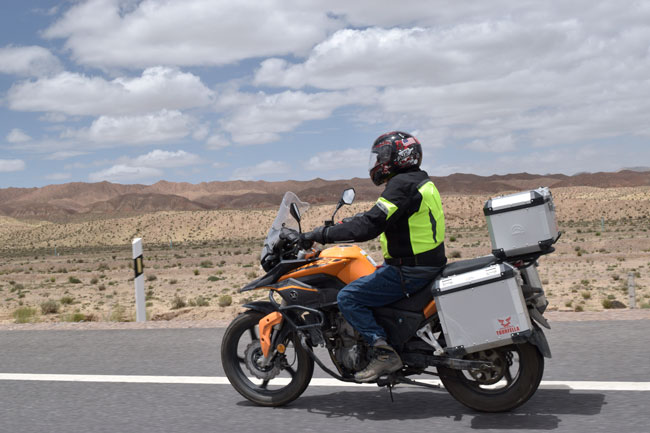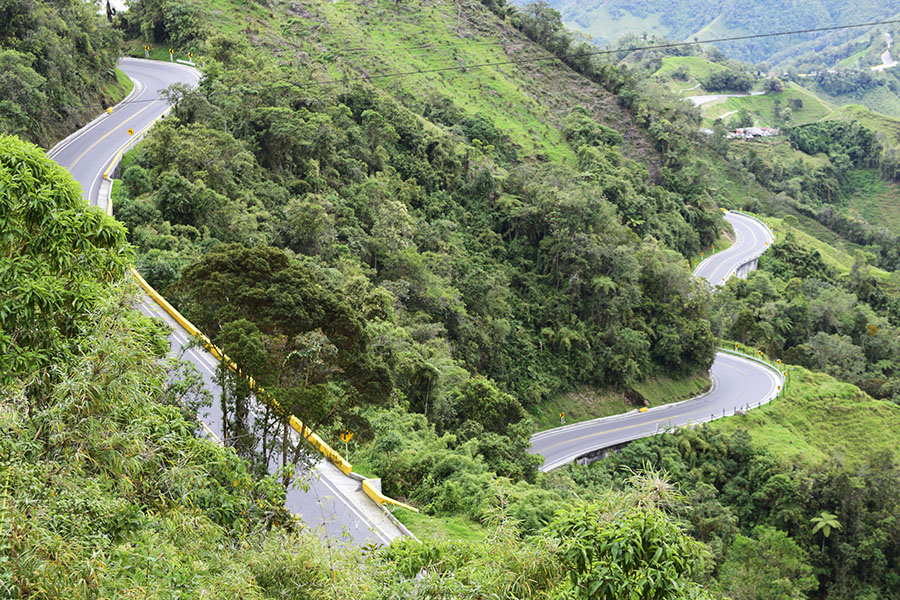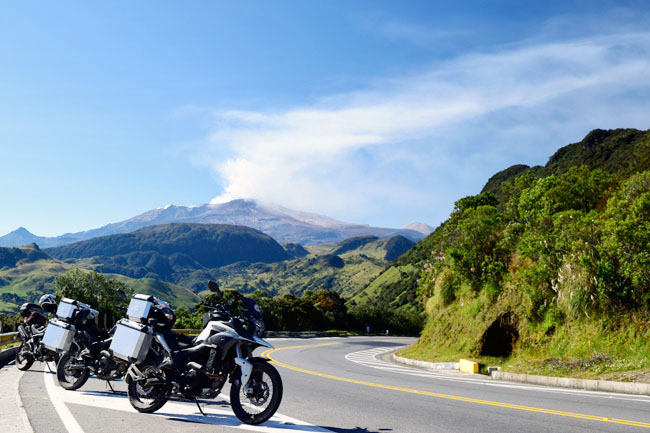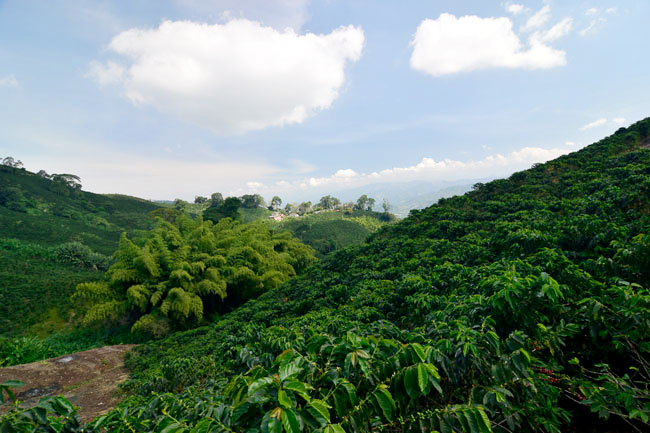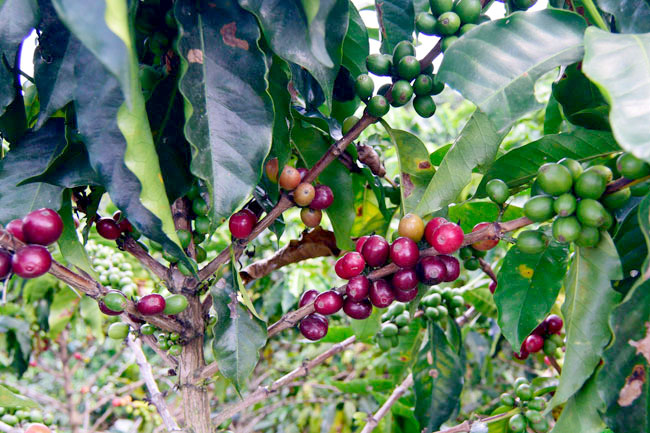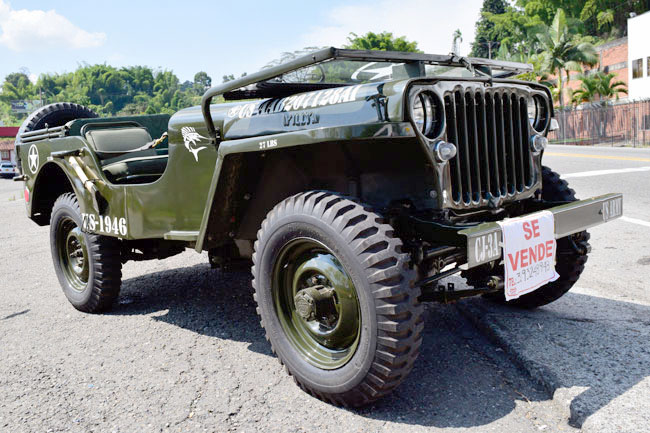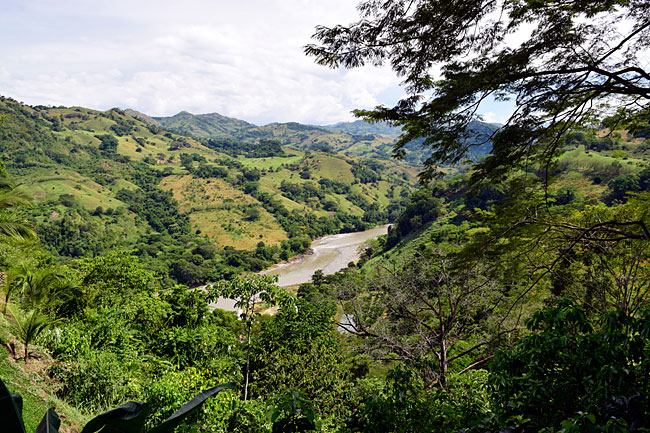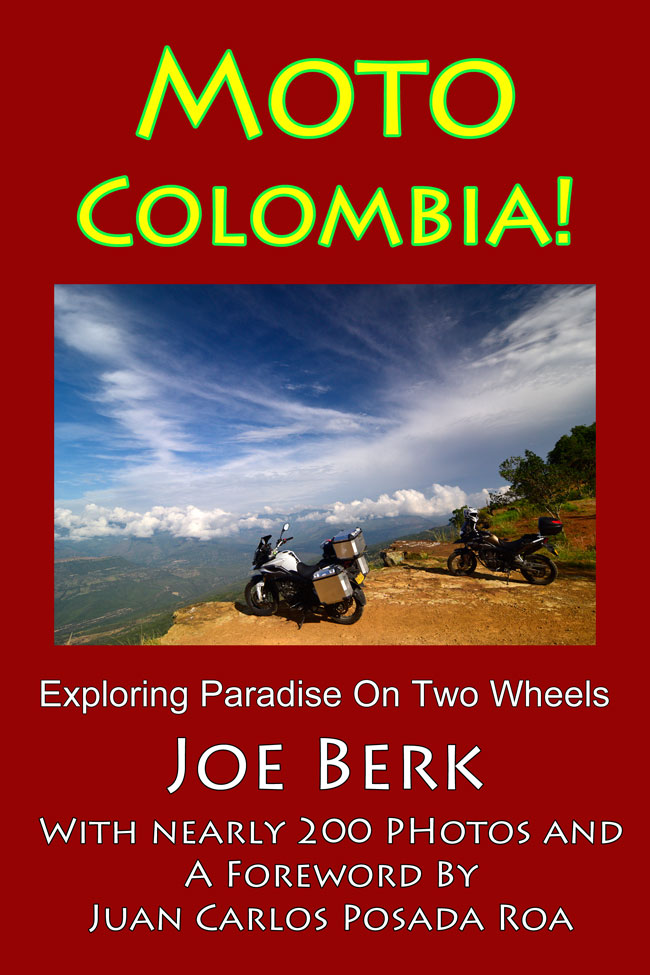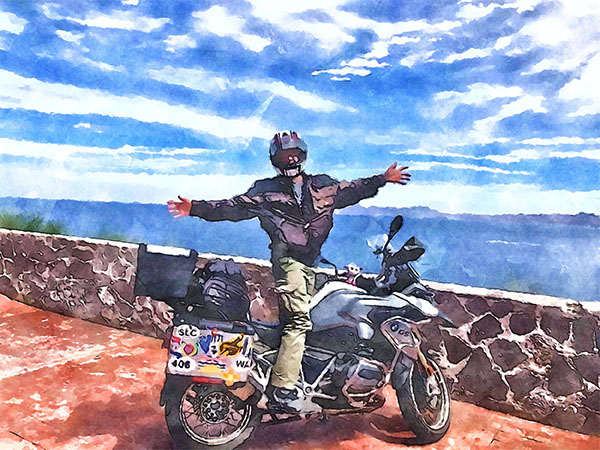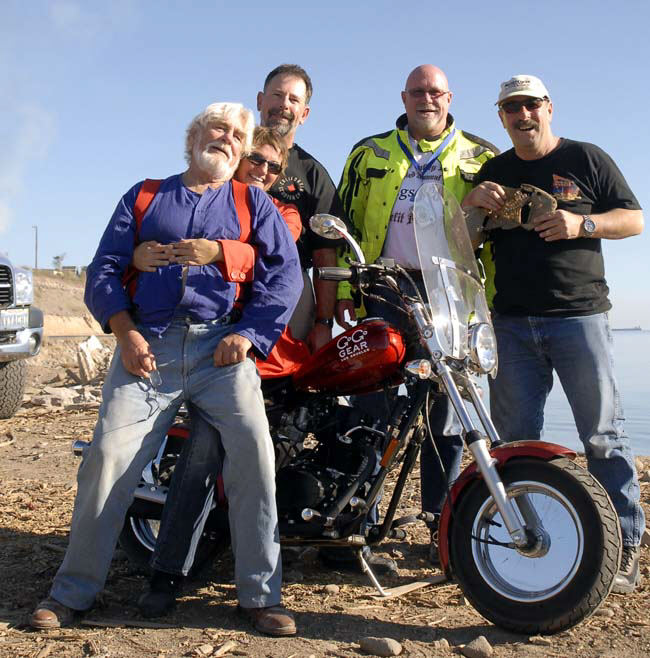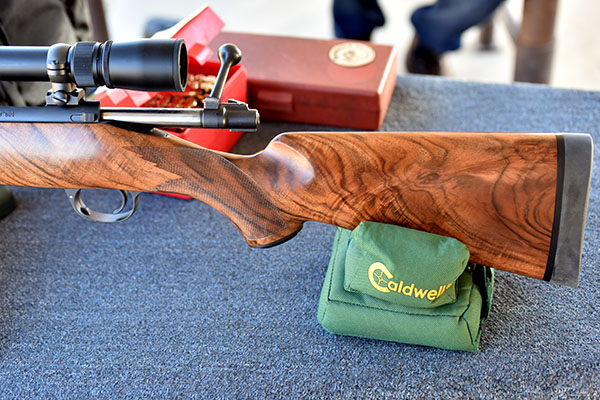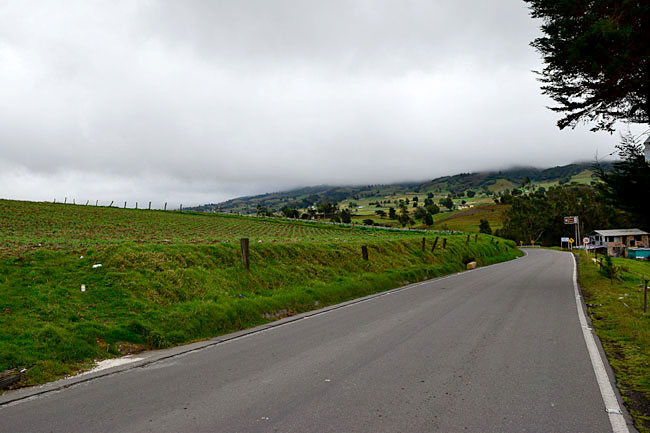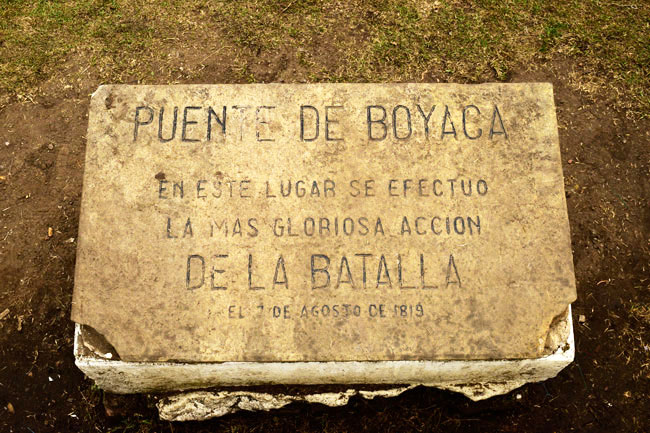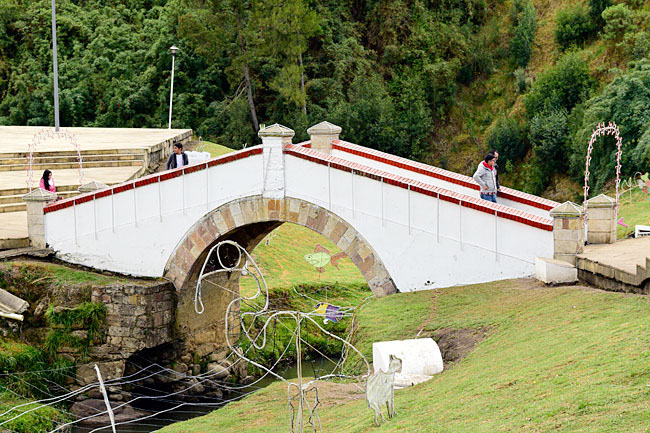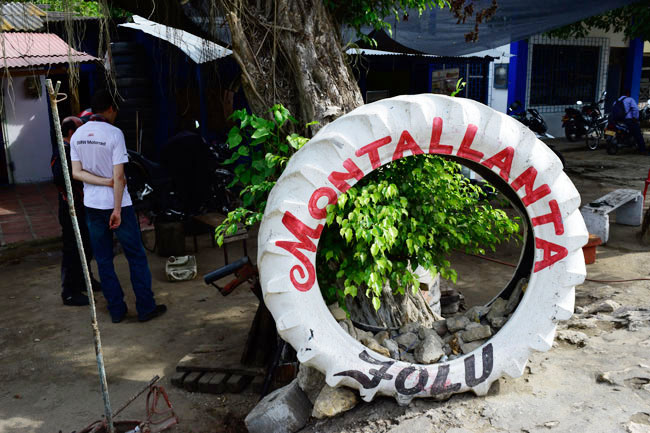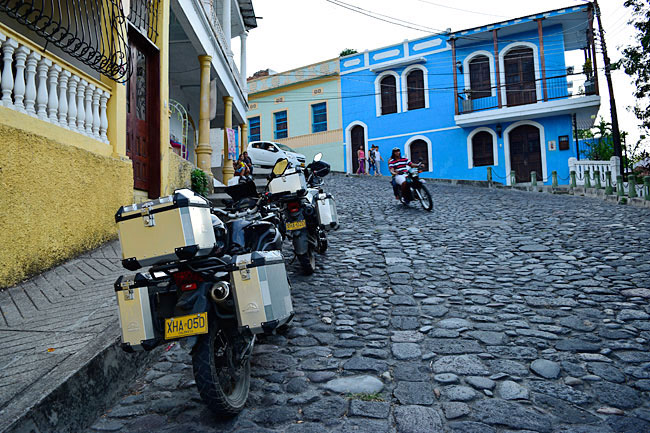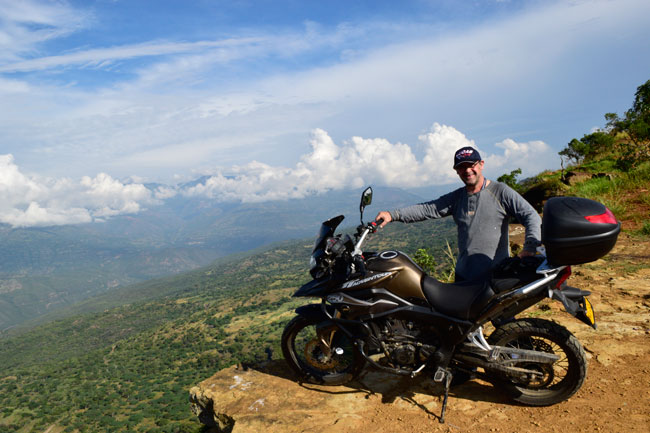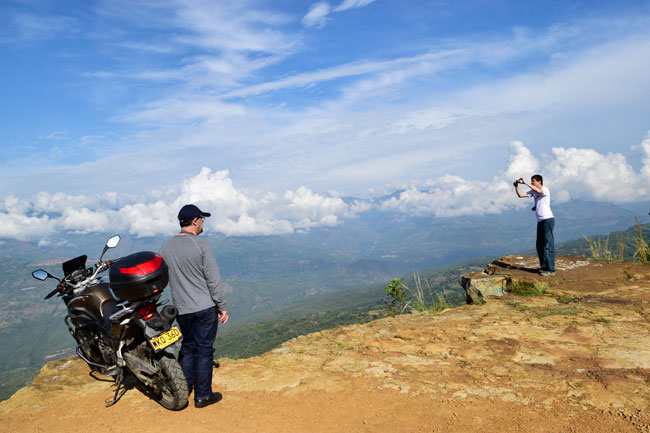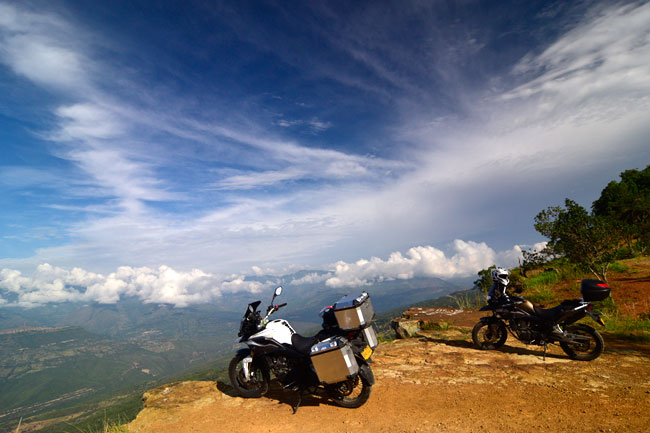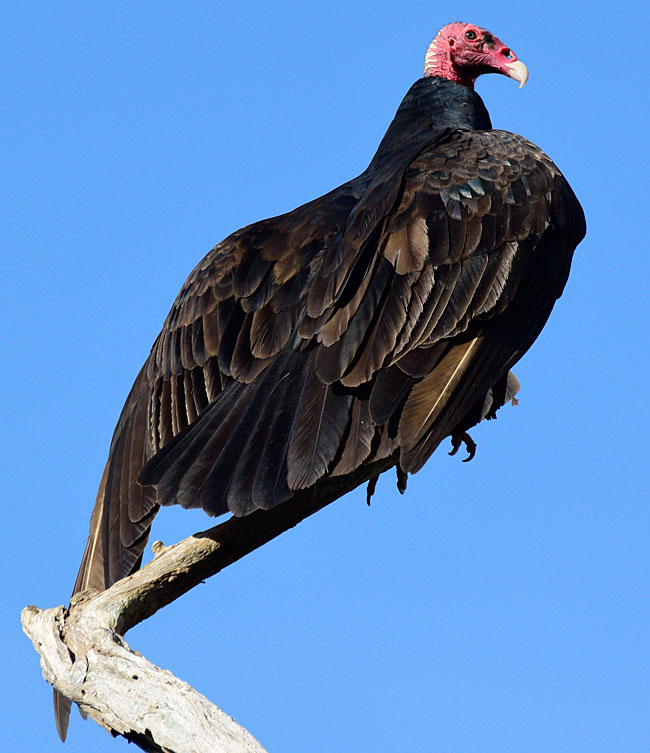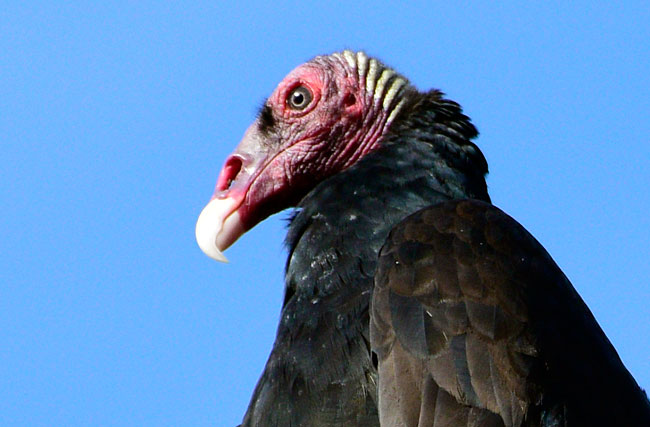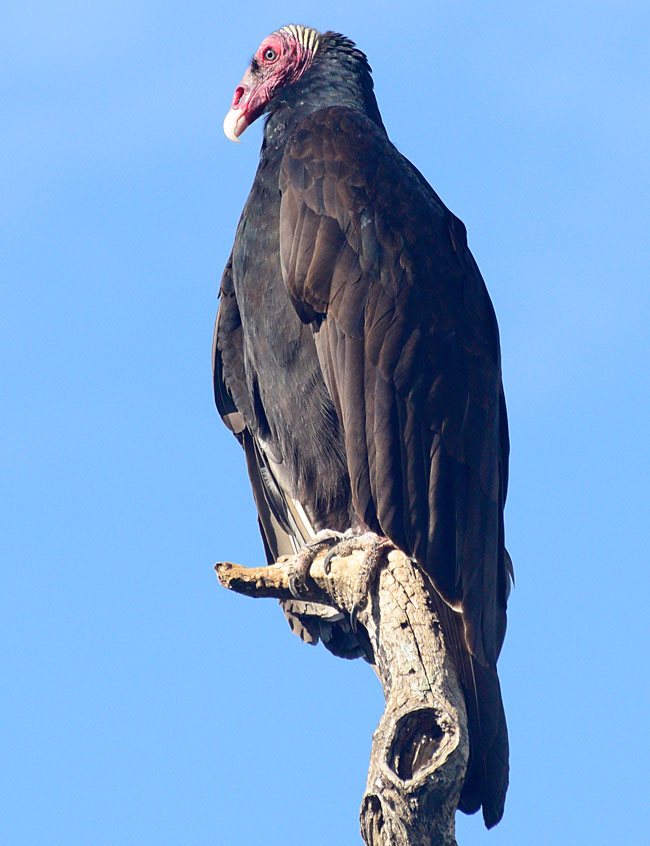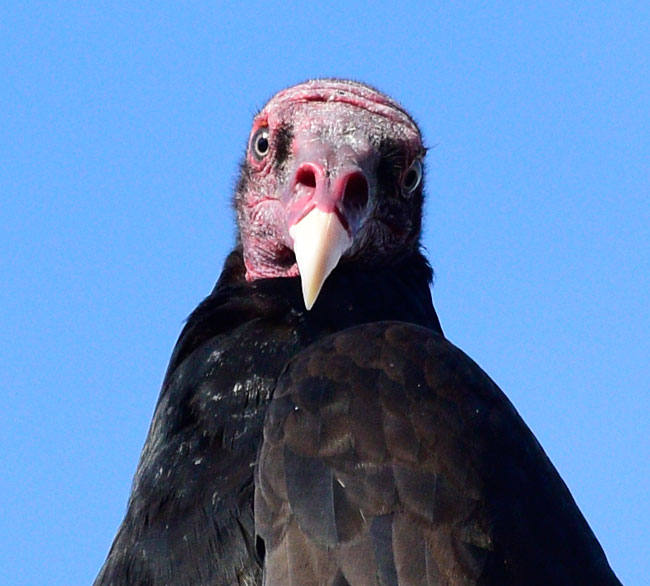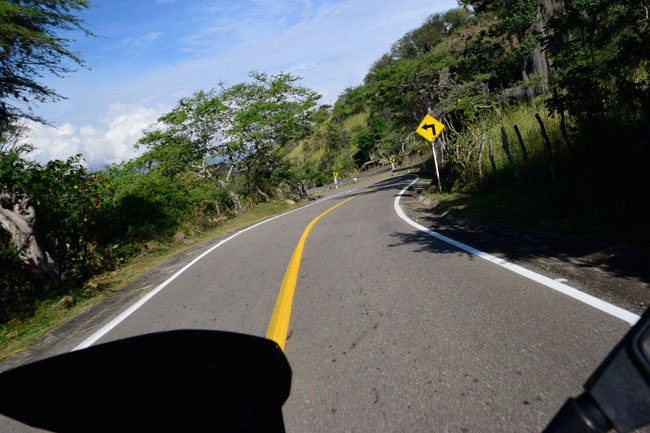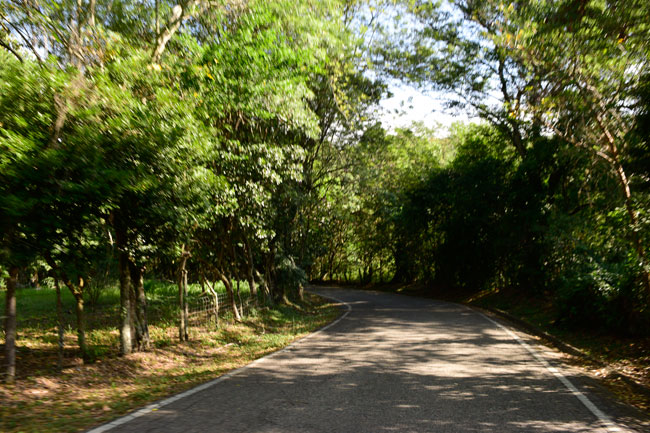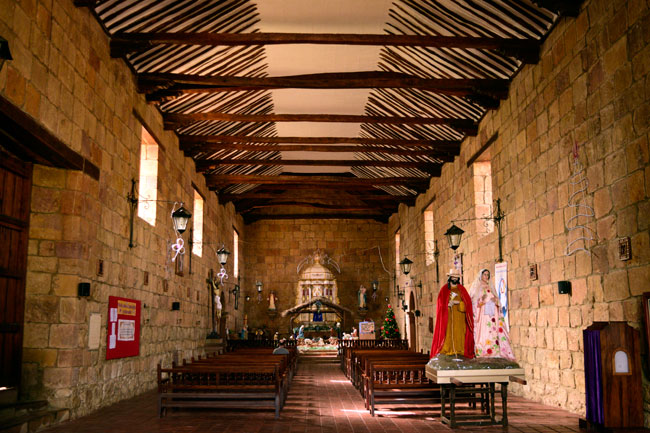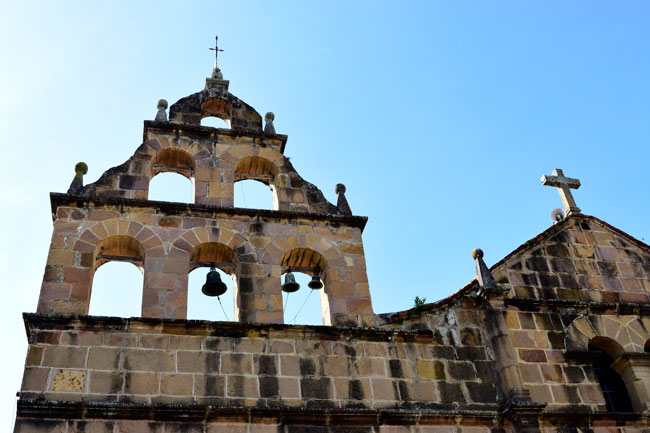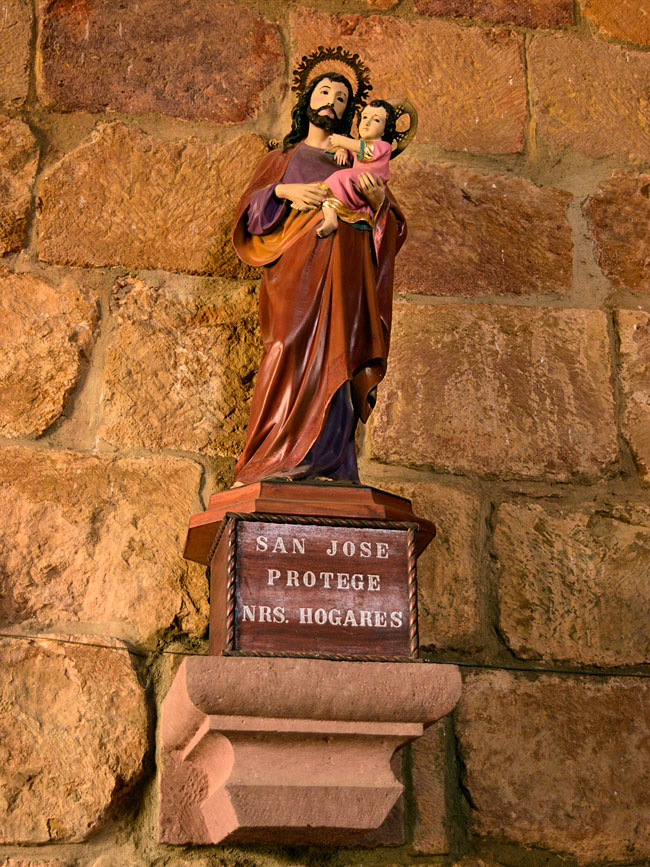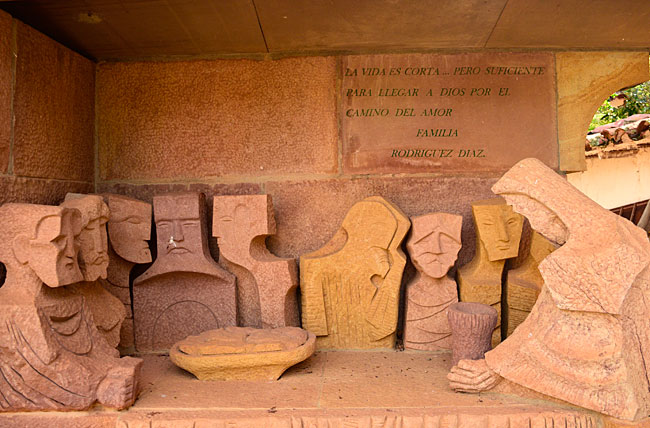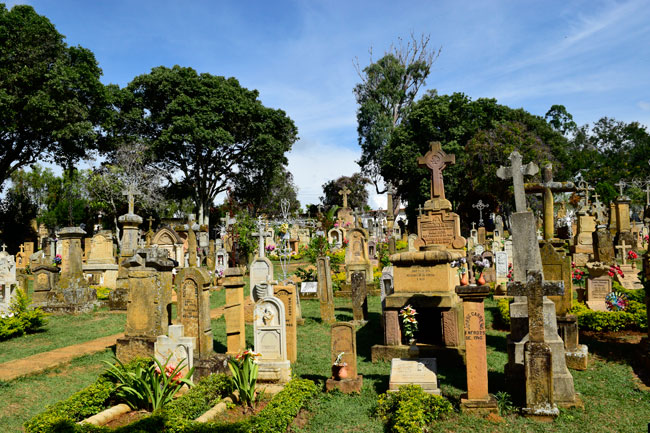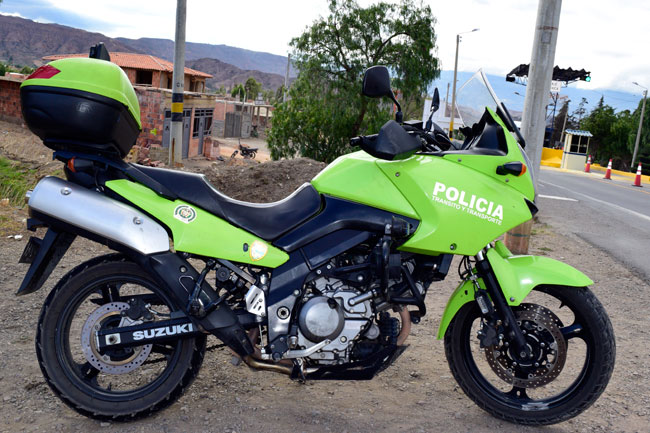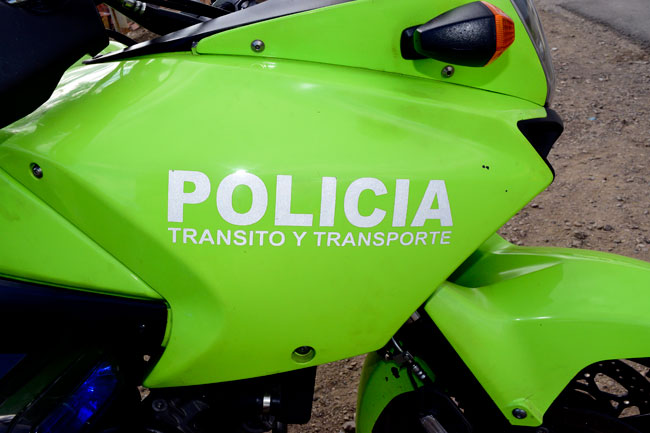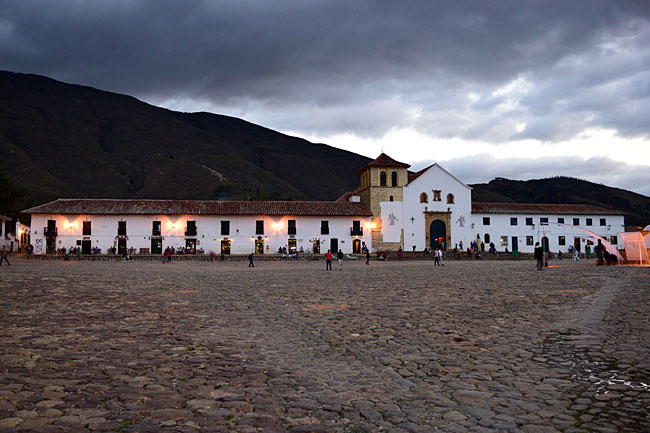By Joe Berk
That big photo above? That’s my old HJC carbon fiber helmet at an elevation of 13,576 feet, and the gunk you see on it is ash. As in volcanic ash. We’ve written about Colombia’s Volcan Nevado del Ruiz before here on ExNotes. I’m writing about my ride there again because it seems the old girl has awakened again.
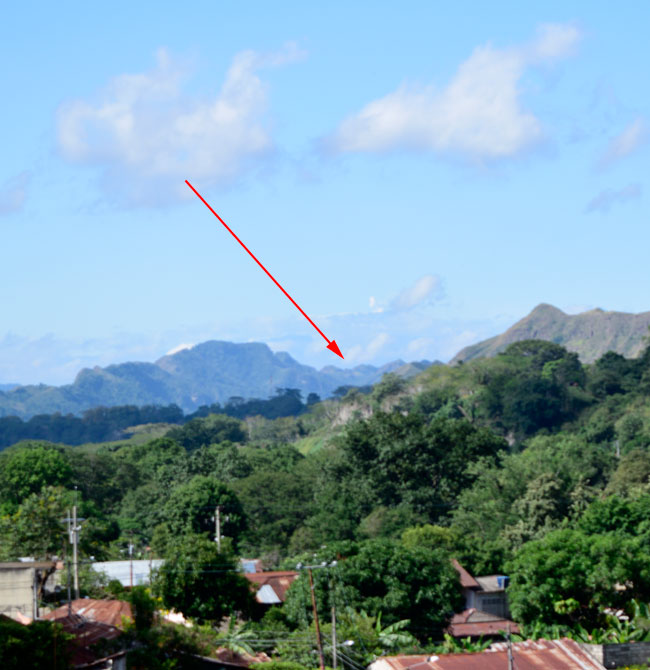
Volcan Nevado del Ruiz is an active Colombian volcano 80 miles west of Bogotá. Starting in April of this year, it started acting up again. I say “again” because in 1985, Nevado del Ruiz erupted and killed 25,000 Colombians. That event was not only Colombia’s deadliest eruption…it was all of South America’s.

I’ve been to the Volcan Nevado del Ruiz. I rode to the top on a motorcycle with good buddies Juan and Carlos. We were there in 2015, and a short while after we entered the Colombia’s Brisas National Park at the 4,138-meter summit, the park rangers told us we had to leave because the volcano was active. It had started spewing ash. It was snowing at that elevation, too. It made for a fine mess and exciting riding.
The ride up to the top of the Volcan Nevado del Ruiz was awesome. The roads were typical Andes Mountains Colombian switchbacks and we were in rare form. The day was beautiful at the lower elevations, but that was about to change as we continued our Andean ascent.

On that ride, we were mounted on AKT Motos RS3 motorcycles. That’s the Colombian equivalent of CSC’s RX3, but with carburetors instead of fuel injectors. The fuel is a bit more flaky in Colombia, so AKT opted for carbs instead of injectors. People have asked if the carbs were problematic or if the bikes were slower than the US RX3. I couldn’t tell the difference.

Colombia has a pretty good deal for AKT making Zongshen motorcycles over there. If AKT brings in assembled bikes, they would have to pay a 30% import duty on them. If they components from Zongshen and then buy 15% of the bikes’ content in Colombia (thus encouraging Colombian manufacturing), AKT pays only a 2% import duty. Ah, if only our politicians were that smart.
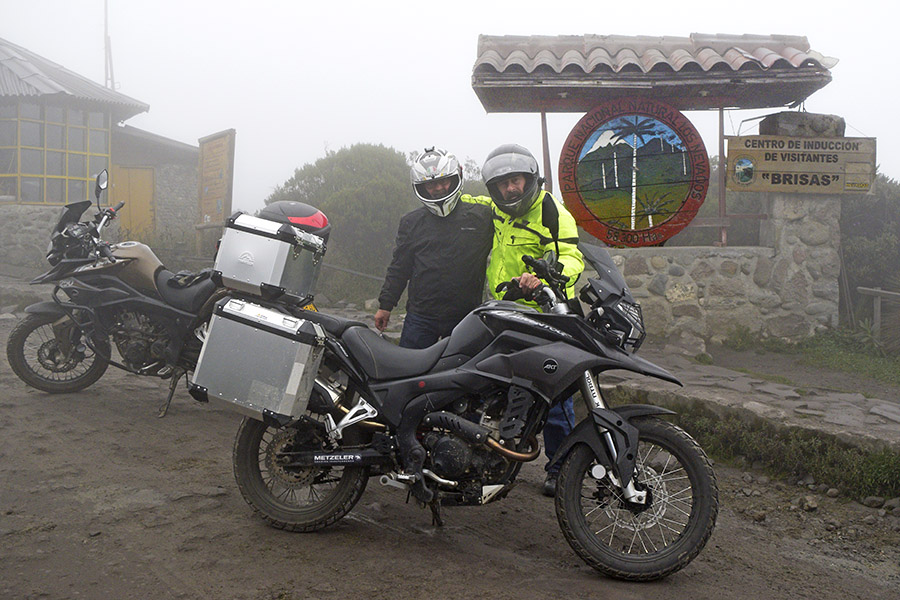

After running to the top of Volcan Nevado del Ruiz, we descended along dirt roads to a magnificent Colombian hotel just a few miles down the road, the Termales Del Ruiz. My buddy Juan knows how to organize a great ride, and I sure had an awesome time. The Termales Del Ruiz is at the end of that dirt road somewhere in the fog, and it’s at 3,500 meters above sea level (still pretty high). It has a thermal pool fed by water (heated by the volcano, I guess) and that water was hot! The air was bitter cold, but the water was nice. It was one of the best nights in Colombia, and that’s saying something. Every night was awesome.
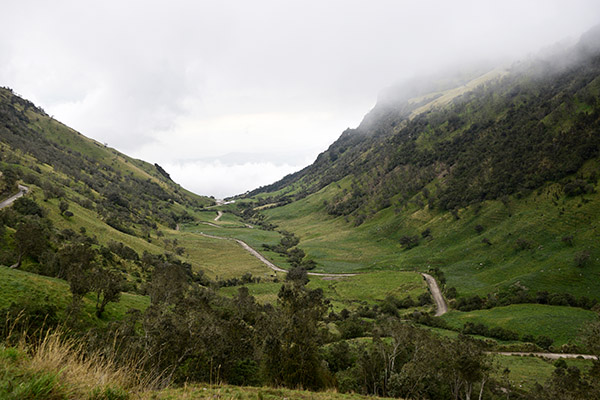
So, back to the Volcan Nevado del Ruiz going live again: It’s really happening, and it wasn’t that many years ago that this same volcano killed 25,000 people in Colombia. Here’s a recent news story on what’s happening now:
Subscribed but not getting your ExNotes new post notifications? Check your email spam folder and tell your email provider we’re the real deal!



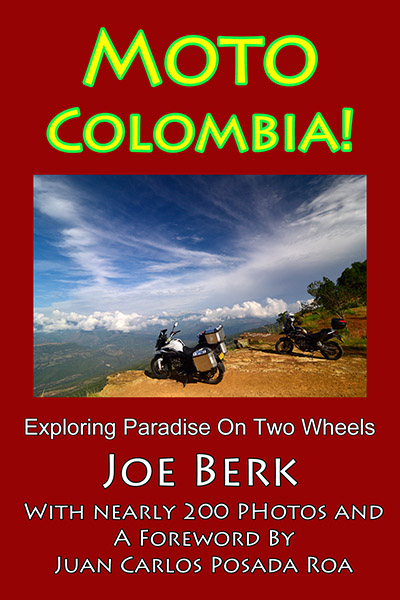
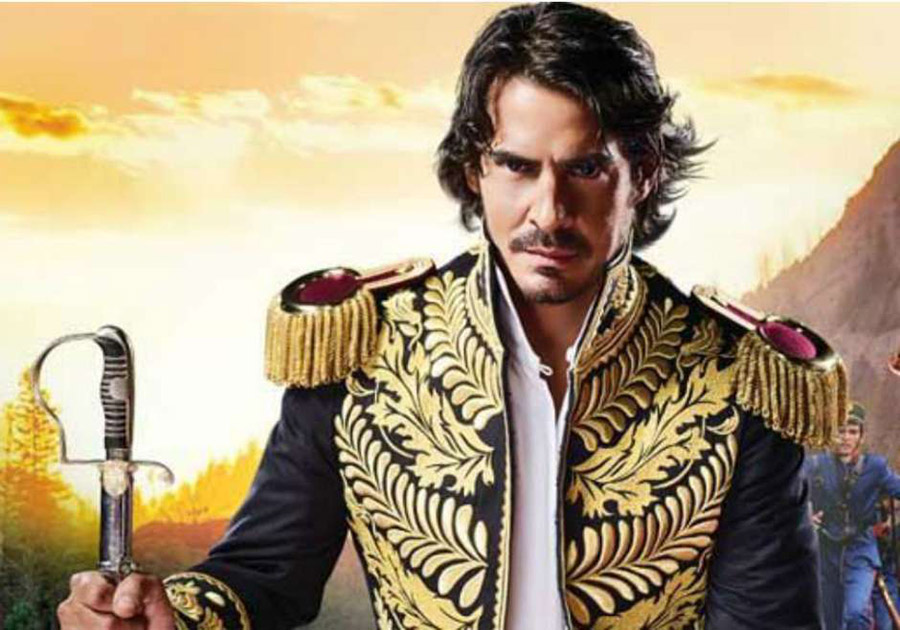


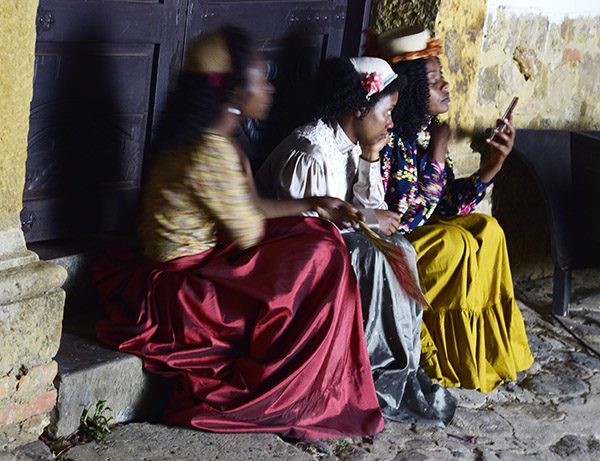
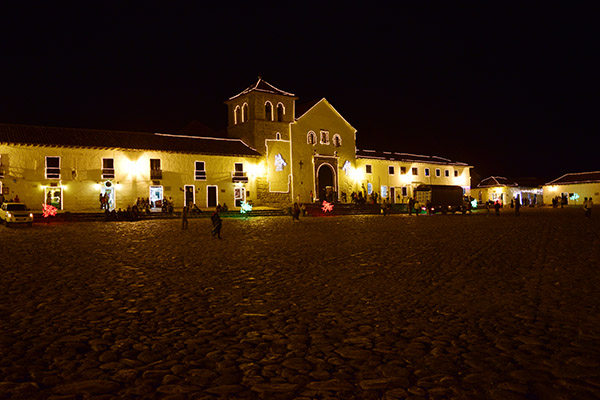
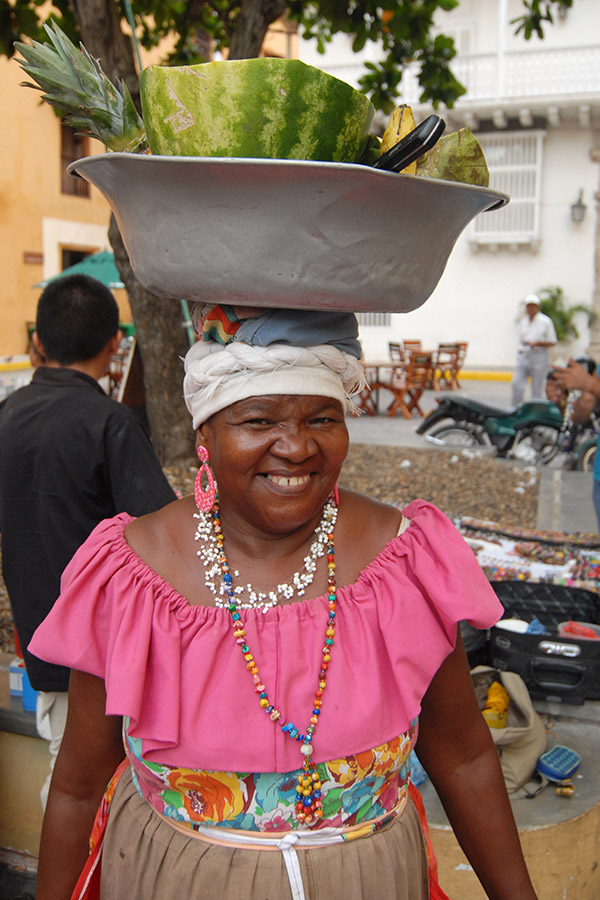
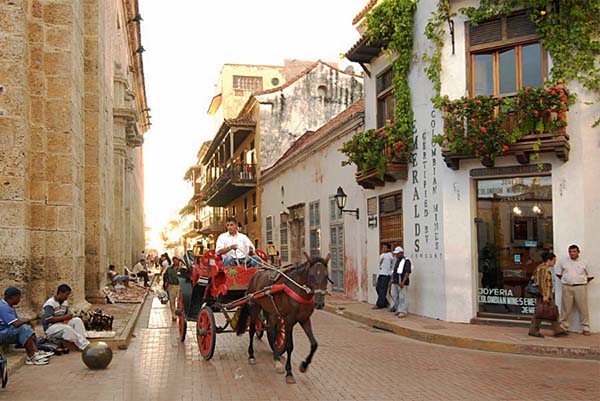

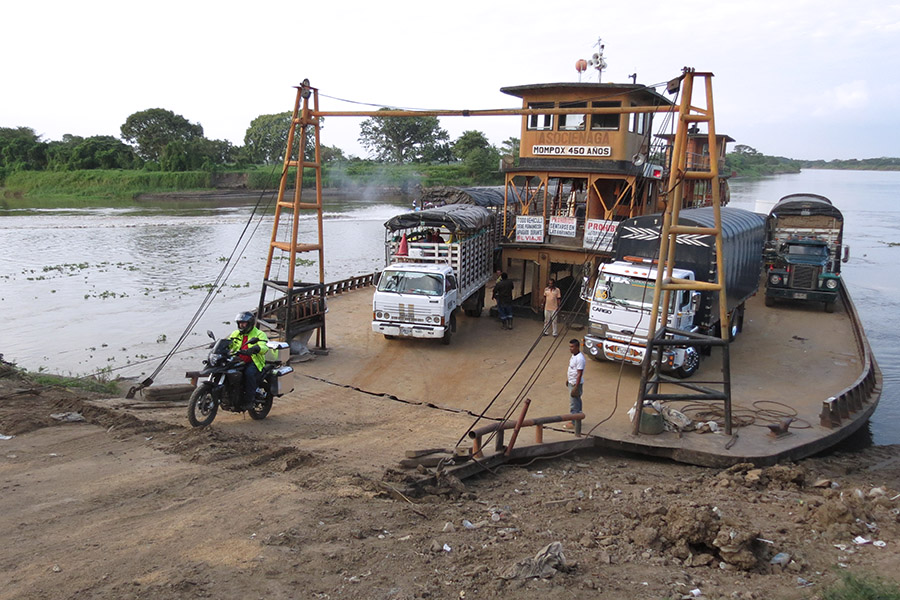

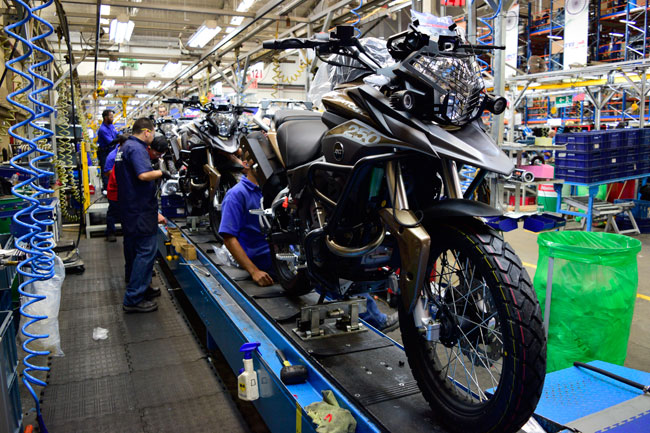
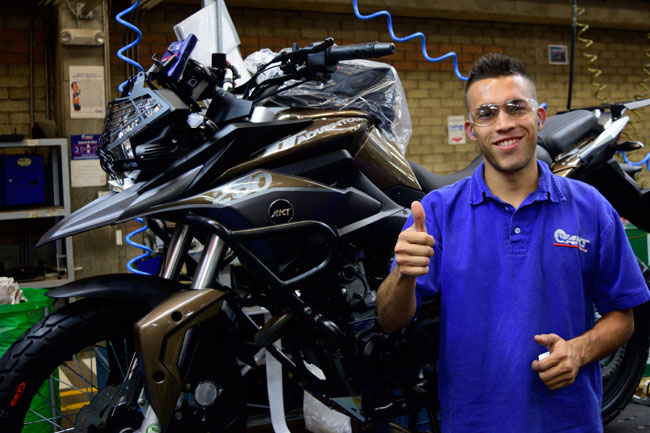
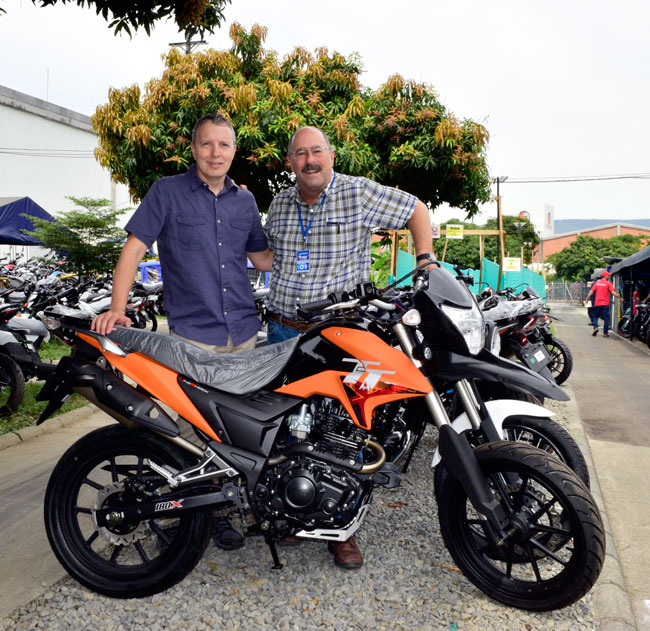
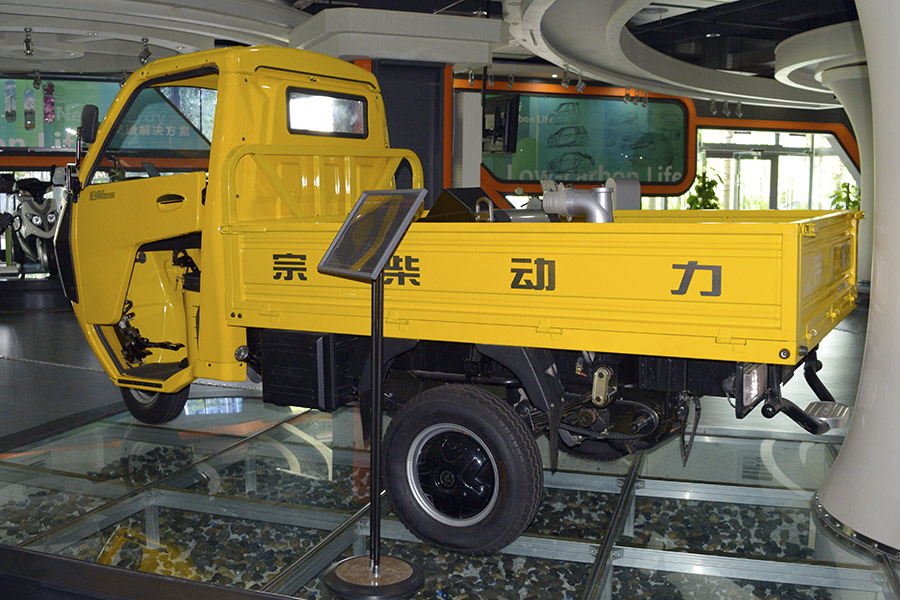
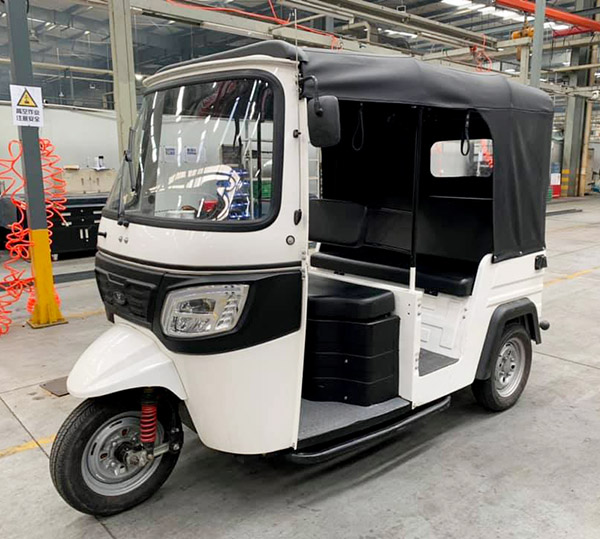

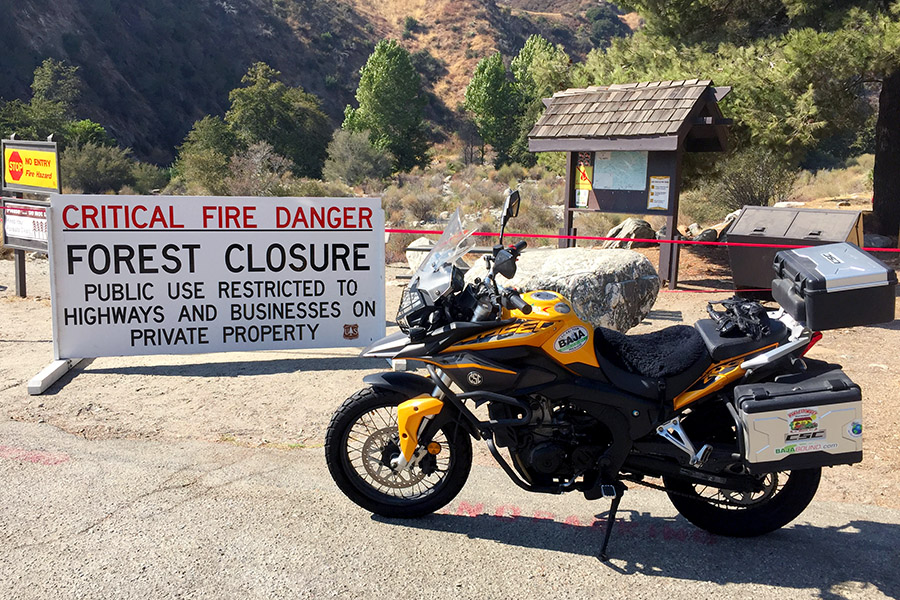
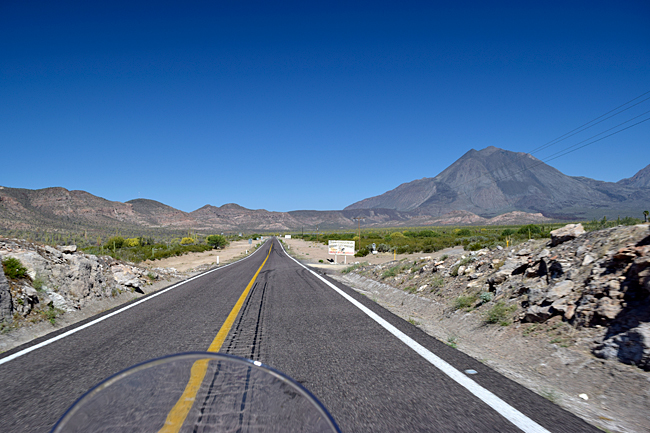

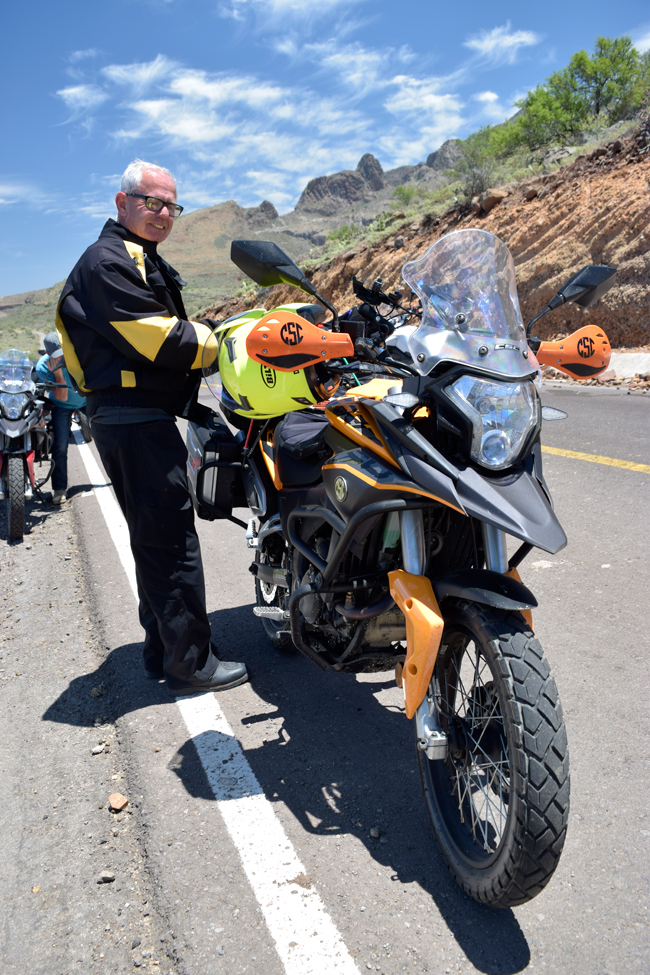


 ).
).